Iron Dome: Israel’s High-Tech Shield Against Iranian Missiles
Israel’s air defense system blocks drone and missile attacks
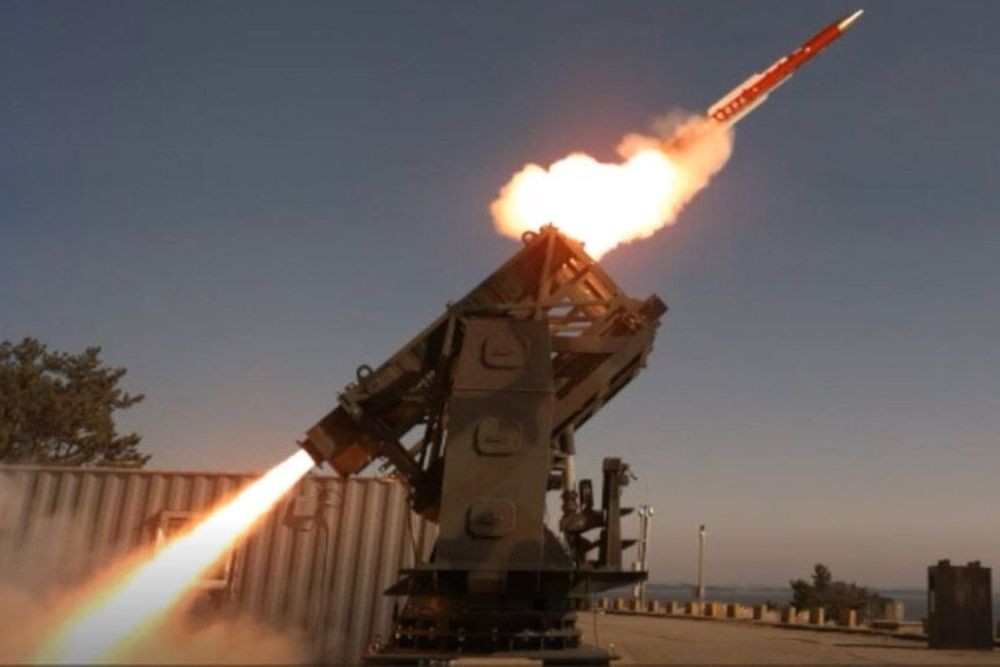
The Israeli government appears to have quelled concerns regarding its air defense system, previously vulnerable during attacks by the Palestinian militant group Hamas last year, by effectively repelling a retaliatory airstrike from Iran.
During the night of the 13th and early hours of the 14th local time, Iran launched a retaliatory airstrike against Syria’s national video agency in response to an earlier attack. Israel’s advanced multilayered air defense system successfully intercepted over 99% of the incoming threats, comprising missiles and drones. This feat underscored the effectiveness of Israel’s Iron Dome system and prompted inquiries into whether South Korea possesses a comparable defense system.
On the local time of the 14th, Israeli media outlet CTech verified that Israel’s air defense system successfully intercepted more than 100 ballistic missiles launched by Iran. CTech reported that Israeli Air Force pilots, collaborating with allies such as the United States and the United Kingdom, thwarted the majority of Iran’s assaults in the desert airspace.
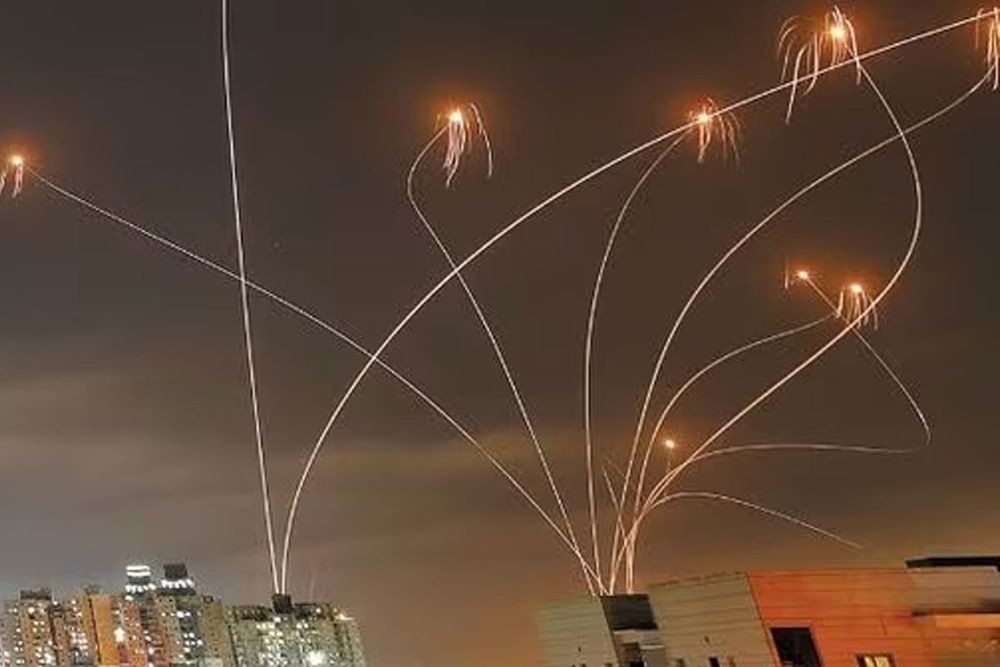
This appears to result from the well-known Israeli air defense system, the Iron Dome. The Iron Dome, a key component of Israel’s air defense system, refers to an anti-aircraft missile developed by Rafael Advanced Defense Systems Ltd. (RAFAEL), an Israeli military company, and Israel Aerospace Industries (IAI) to defend Israel’s territory from rocket attacks by Hamas, a Palestinian militant group. The Iron Dome was developed over four years after Israel suffered damage from thousands of rocket attacks and was completed in 2011.
The Iron Dome, deployed in March 2011, showcased its effectiveness after its development by intercepting up to 300 rockets daily and over 4,500 rockets within 50 days. Following its impressive performance, the Israeli government deployed ten Iron Dome batteries across Israel in 2021.
Despite the established effectiveness of the Iron Dome’s defense capabilities, doubts emerged following its failure to intercept a surprise attack by Hamas in October of last year. However, the Israeli government denied these suspicions, stating that the Iron Dome’s interception rate is over 90%.
The Iron Dome’s design focuses on defending against artillery shells and unguided rockets, in contrast to conventional missiles that target aircraft or missiles like a C-RAM system. However, its operation is notably costly due to the need for a separate Arrow surface-to-air missile to intercept ballistic missiles not classified as artillery shells.
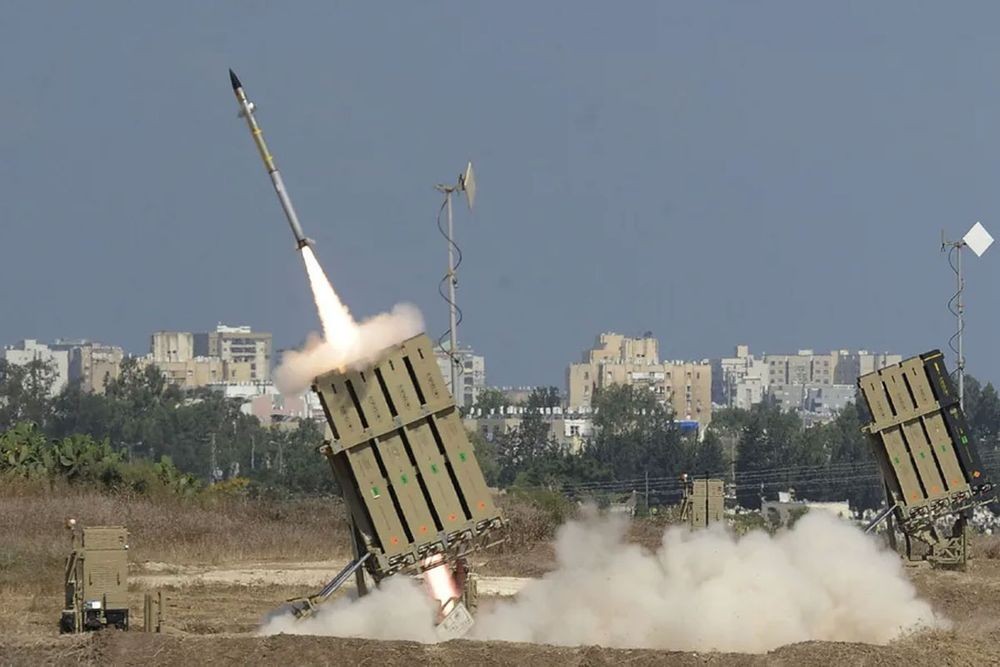
Reem Aminoach, Israel’s former financial advisor, stirred debate by stating in a local media interview that operating the Iron Dome overnight costs between 1.4694 trillion won and 1.8368 trillion won ($1.2 billion to $1.5 billion).
Despite this, the consensus is that the significant expenses are justified due to the Iron Dome’s interception rate exceeding 90% and its effectiveness in mitigating damage to national territory from enemy attacks.
So what about South Korea? South Korea once attempted to import the Iron Dome after recognizing its excellence.
However, given substantial disparities in terrain and circumstances between Israel and South Korea, South Korea opted against importing the Iron Dome system and initiated its indigenous development instead. This choice was influenced by concerns that the Iron Dome, tailored by Israel to combat Iran, might prove ineffective against North Korea’s long-range artillery, known for its extensive firing range.
As a reaction, the Defense Acquisition Program Administration convened a meeting in 2021 and initiated the Low Altitude Missile Defense (LAMD) project, targeting operational readiness by 2029. This system, designed for intercepting long-range artillery within military circles, is colloquially known as the Korean Iron Dome. The projected cost for the entire LAMD development stands at 2.89 trillion won ($2.4 billion), and although the government has announced intentions to accelerate the project for deployment by 2026, achieving this goal is anticipated to pose significant challenges.
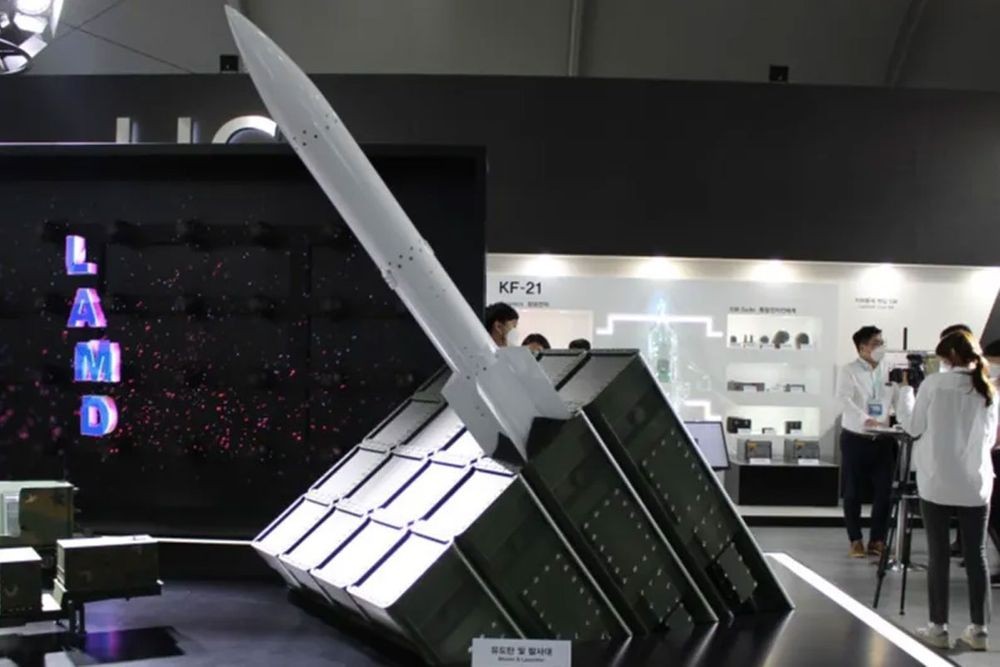
Last year, when Hamas’s surprise attack breached Israel’s Iron Dome, concerns were raised about vulnerabilities in the LAMD’s defense system. In response, some experts have argued that it is more urgent to quickly deploy means to destroy the source of the attack rather than focusing on developing an interception system.
Conversely, experts are advocating for an expedited initiation of LAMD development in South Korea for defensive purposes, citing the potentially devastating consequences if Israel had not possessed the Iron Dome.
Acknowledging these divergent viewpoints, the government has committed to hastening the onset of LAMD development. Additionally, any identified vulnerabilities in the defense system will be diligently addressed during the development phase through comprehensive investigations.
Subsequently, in 2022, the Defense Science Research Institute and LIG Nex1 finalized a comprehensive contract for the LAMD research and development system, marking an acceleration in the development process. This agreement with LIG Nex1 encompasses system integration, aiming to amalgamate the primary components. Furthermore, LIG Nex1 established a dedicated assembly and inspection facility for LAMD in January to ensure stable quality control post-development. LIG Nex1 is reportedly strategizing to oversee mass production and expedite the system’s early deployment.
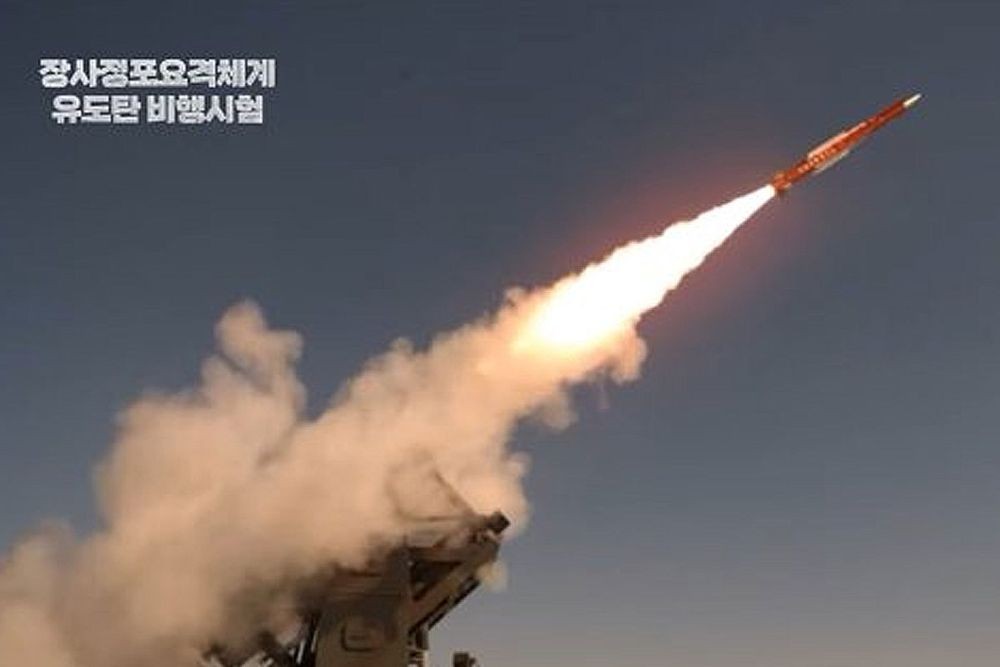
During a routine briefing on the 16th, Jeon Ha Gyu, a spokesperson for the Ministry of National Defense, emphasized, “South Korea and the U.S. possess the capability to detect and intercept a diverse array of attacks, including North Korea’s ballistic missiles, and are prepared to respond decisively in urgent situations.”
He stated, “Moving forward, our military will expedite the development of the Low Altitude Missile Defense (LAMD) to reinforce our composite multilayer defense system.”
The military authorities aim to expedite the development of the Korean-style 3-axis system and establish a readiness system to counter North Korea’s attack strategies.
This 3-axis system comprises the Kill Chain, which preemptively targets North Korea’s attack facilities during emergencies, the Korean-style missile defense system KAMD for defense against North Korean attacks, and the Massive Punishment and Retaliation KMPR, which retaliates against key command posts and facilities following a North Korean attack. The goal is to create a composite multilayer defense system by concurrently operating the Korean-style 3-axis system alongside the deployment of LAMD.














Most Commented